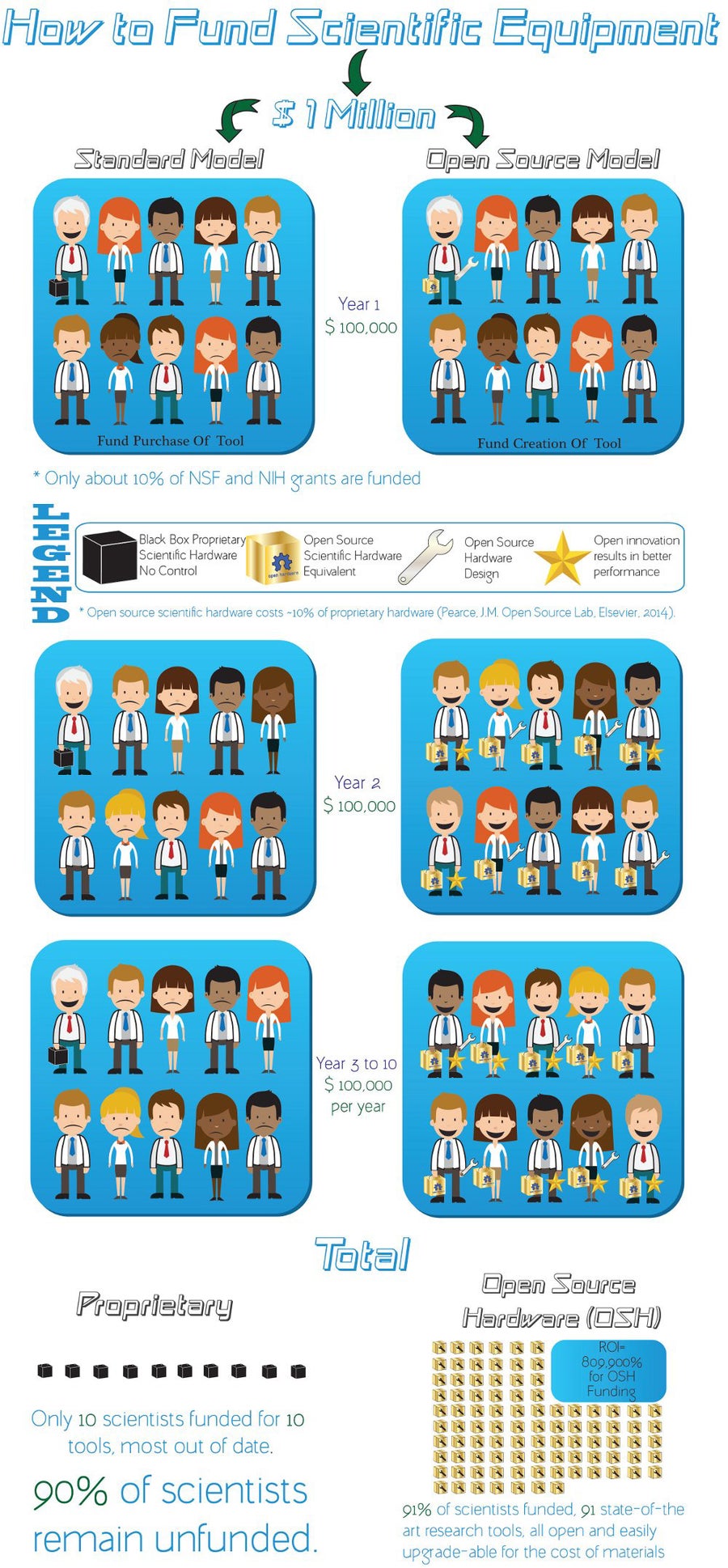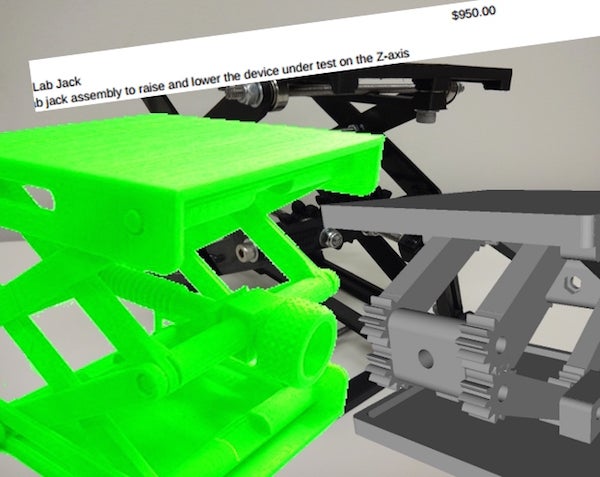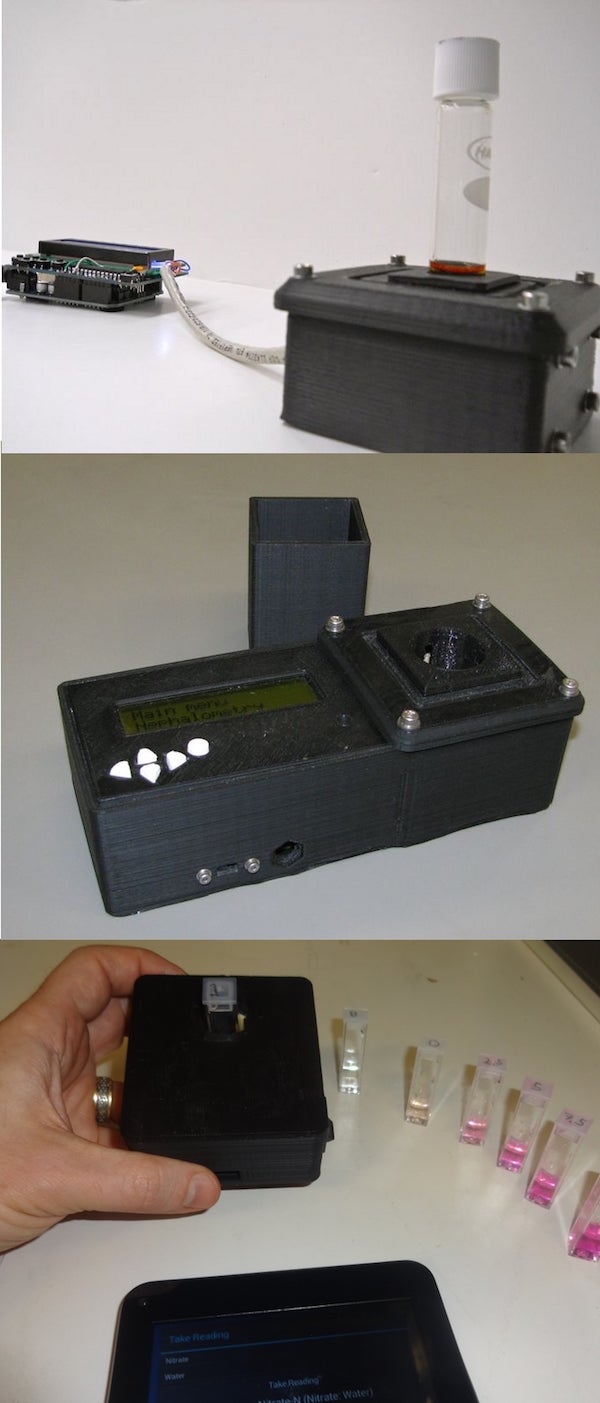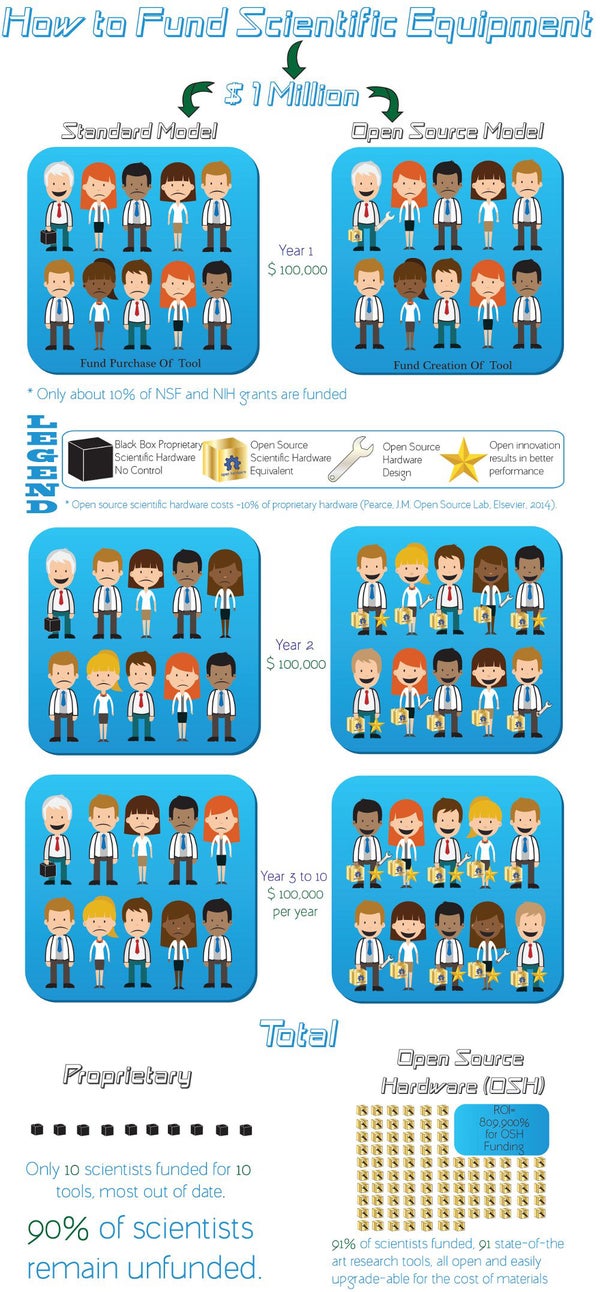This article was published in Scientific American’s former blog network and reflects the views of the author, not necessarily those of Scientific American

In the not-so-distant future you will read of a scientific breakthrough in an area your daughter was excited about in school. In the journal article you will click on the supplementary materials and be able to download all of the source code needed to replicate the instruments used to do the experiment. You will fire up your home 3-D printer to fabricate the equipment. Then, with a few more clicks, you will order any specialty supplies. By the weekend all the supplies will have arrived and now you and your daughter will have the fun of assembling the experiment and participating in state-of-the-art research for almost no money on a quiet Saturday afternoon.
This exciting future of science is closer than you might think. Scientists from all over the world are radically reducing the costs of experimental research while simultaneously improving it. They are able to pull off this small miracle by through the development and use of free open-source hardware (FOSH). FOSH provides the “source code” for hardware, including the recipe of components, schematics showing how they go together, and instructions for assembling them.
On supporting science journalism
If you're enjoying this article, consider supporting our award-winning journalism by subscribing. By purchasing a subscription you are helping to ensure the future of impactful stories about the discoveries and ideas shaping our world today.
The most powerful FOSH also include CAD (computer aided design) files that allow you to digitally replicate parts, or in some cases the entire device. Similar to what is seen in free and open source software development, FOSH accelerates innovation. Hundreds of scientific tools have already been developed. Scientists design, share and build on one another's work to develop FOSH scientific tools. Free access to instrument plans is assisting scientific development in every field.
If you are a working scientist, it is in your best interest to share the designs for your hardware. Consider for example the humble lab jack, which is used to move heavy or bulky equipment small distances up or down (we use one in my lab to move solar photovoltaic materials into a light path, for example). I received a shocking $950 quote for one. Although much less expensive lab jacks are available, we wanted a customizable lab jack. We designed one for less than $5 and shared it on the web. Then the fun began. A Finnish maker recommended an improved assembly that made it better and since then over 3,700 others have downloaded the designs. Next, a French scientist shared a better design that reduces the number of non-3-D printed parts. Most recently a Seattle-based company posted a 100% 3-D printable version. It even prints assembled! Now anytime I need a lab jack I can print one out of recyclebot-made plastic filament for a few pennies.

Open-source lab jack. Image courtesy of Joshua M. Pearce
The little stuff is obvious. Already there are hundreds of free 3-D printable designs for many kinds of test tube racks, several types of pipettes, an almost fully 3-D printable microscope (you just add disposable camera lenses), high-end quartz crystal microbalances and many centrifuges.
You can make it all with a RepRap, a self-replicating 3-D printer. A RepRap is capable of printing more than half of its own parts, can be assembled for less than $500 in a day by a high school teacher and can pay for itself in an afternoon by printing lab equipment. Such a device can then be used to make a long list of progressively more sophisticated and costly tools. For example, a hand-held portable open-source colorimeter can be built to do chemical oxygen demand measurements for under $50, replacing similar hand-held tools that cost over $2,000. This open-source platform can be extended for a few more dollars to do nephelometry (the measurement of suspended particles in a fluid), replacing another $2,000 tool. Most recently NECi helped convert this device into an even smaller photometer for precise lab-grade nitrate testing for $65.

The evolution of the open source water tester. First a colorimeter, then nephalometer/colorimeter and then a specialty colorimeter for nitrate testing. Images courtesy of Joshua M. Pearce
Groups all over the world are revolutionizing how our top labs and our children will do science with open hardware:
Open Lab Tools at the University of Cambridge is creating automated microscopes,
Sensorica, a Canadian non-profit, makes high-end sensing instrumentation,
Open Ephys is developing electrophysiology equipment,
Hackteria is designing low-cost biological equipment and combining art with science
Public Lab is encouraging citizen science with a long list of instruments such as spectrometers,
Backyard Brains provides tools for neuroscience,
Gaudi Labs in Switzerland has a complete lab setup,
Berkley's Tekla Labs has a library of quality scientific equipment;
The Open Space Agency even has developed an open source ultrascope,
Collaborators on Italy's Arduino project seem to add another high-end scientific tool to their electronics prototyping platform almost every week.
Using FOSH for digital replication provides savings of between 90 percent and 99 percent of the traditional costs of experimental hardware. Consider the case of a library of simple open-source syringe pump designs. It is 3-D printable and controlled with an open source Raspberry Pi computer from any internet-enabled device. The downloaded substitution value has already save the global science community millions of dollars and resulted in ROIs (returns on investment) of hundreds to thousands of percent from this relatively simple scientific device being released under open-licenses.
This horizontal scaling is accomplished by funding being spent only once for development of scientific equipment and then an immediate ROI is realized by the digital replication of the devices throughout the world for the costs of materials (See Infographic for details).
This FOSH method not only offers the potential to radically increase the value for scientists, it also reduces the cost of training future scientists. An entire university classroom of physics optics setups can be printed in house for $500 using a selection of pre-designed components from the open-source optics library on a RepRap, replacing $15,000 of commercial equipment. This would save over $66 million if scaled only to the basic physics labs indegree-granting institutions in the United States or over $500 million if scaled to all of the public and private secondary schools across the country.In this way research-grade scientific instruments will be much more accessible at every level of the educational system and a greater percentage of scientists will be able to participate in experimental science.
Joshua M. Pearce is an associate professor at the Michigan Tech Open Sustainability Technology Lab.
